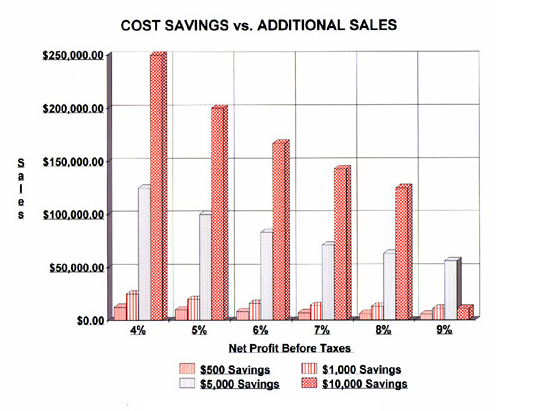Question submitted by: Mickey Granot, Founder and CEO Granot Strategic Consulting
I find it very intriguing, more often than not, managers will “buy” speculated cost savings that they have ample experience showing them they do not turn into real savings while at the same time they will reject speculated earnings.
In supply chain this phenomena is very vivid: companies invest time, effort and money in saving costs – uniting batches, full truck load, inventory reduction and many more initiatives are taken to save cost, focusing primarily on “cost per unit”. Cost per unit saved, in many of the cases does not turn into real savings.
On the other hand, initiatives that can improve availability and increase sales, are rejected with the claim that “it is not certain that the positive effects will materialize”.
Although there is a very high certainty that the cost savings will not materialize, and high probability that the increase in sales will, the common choice is to go for the cost savings.
It will be great to hear your thoughts about why?
~~~~~~~~~~~~~~~~~~~~~~~~~~~~~~~~~~~~~
Mickey,
I believe the argument should not be either or, but should but a nice blend/mix of both. You cannot turn a blind eye to cost savings, to focus attention on sales growth. Nor should you only look at cost reductions, without having a plan to use those cost savings to increase distribution, sales, productivity, efficiency, etc.
That stated, cost savings increase the bottom line profitability of a Company NOW. There is no waiting, wondering, or hoping the investment made towards increasing sales was a correct choice. And even when the sales initiative has been made, you still need to go back and make sure you cut unnecessary costs from the new model…hence to be as profitable as possible.
Remember…find efficiencies, reduce costs, increase margin, & apply profits to good uses.




